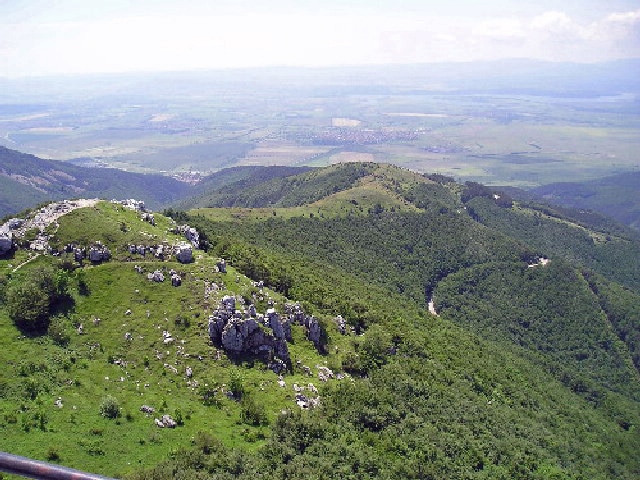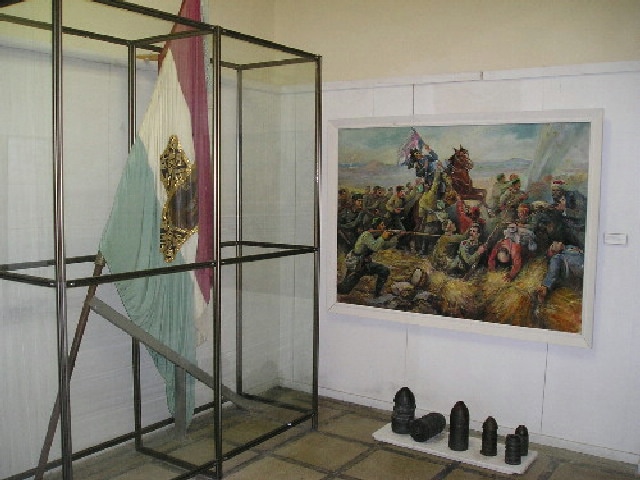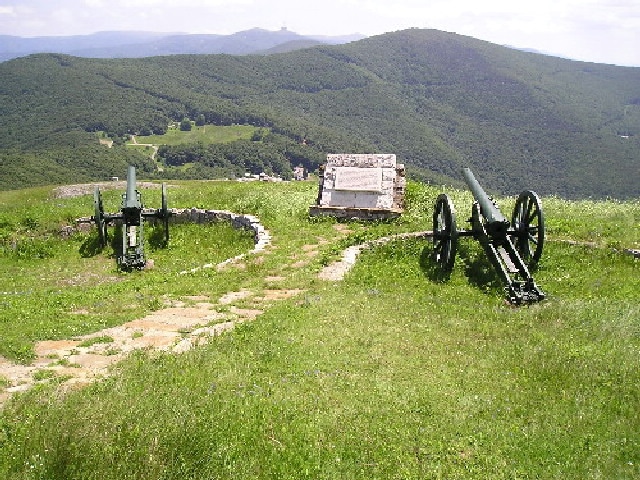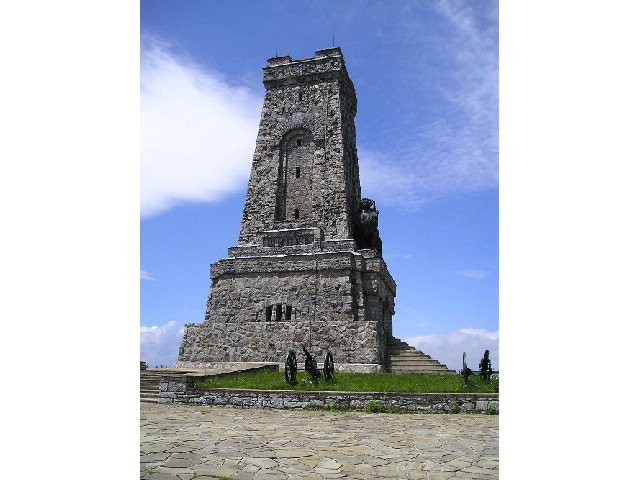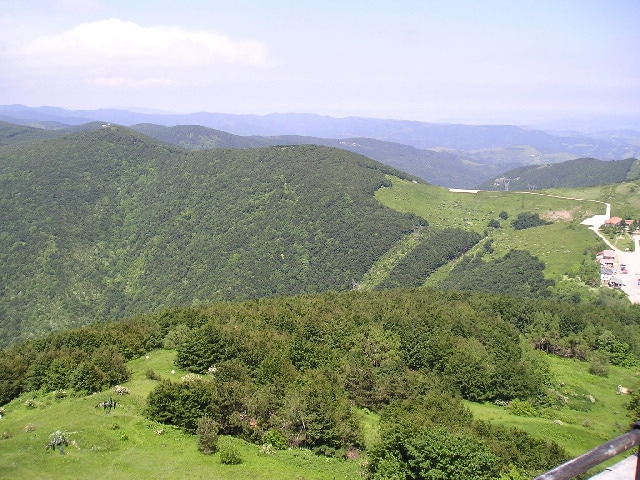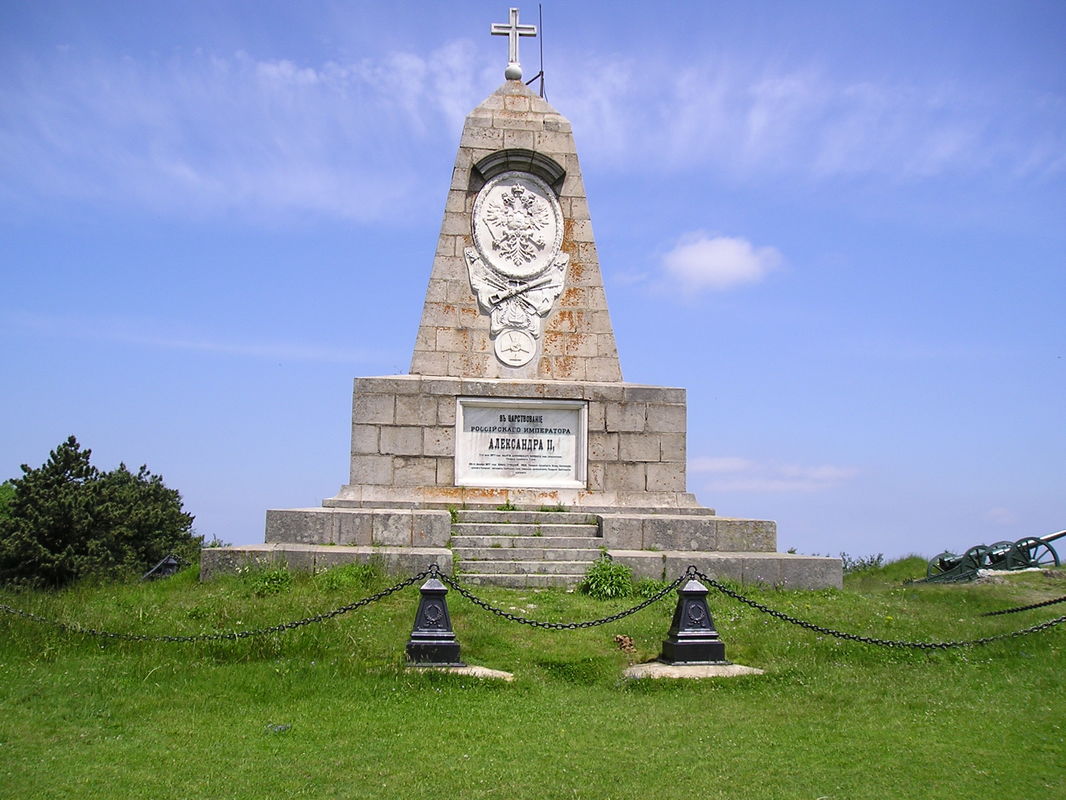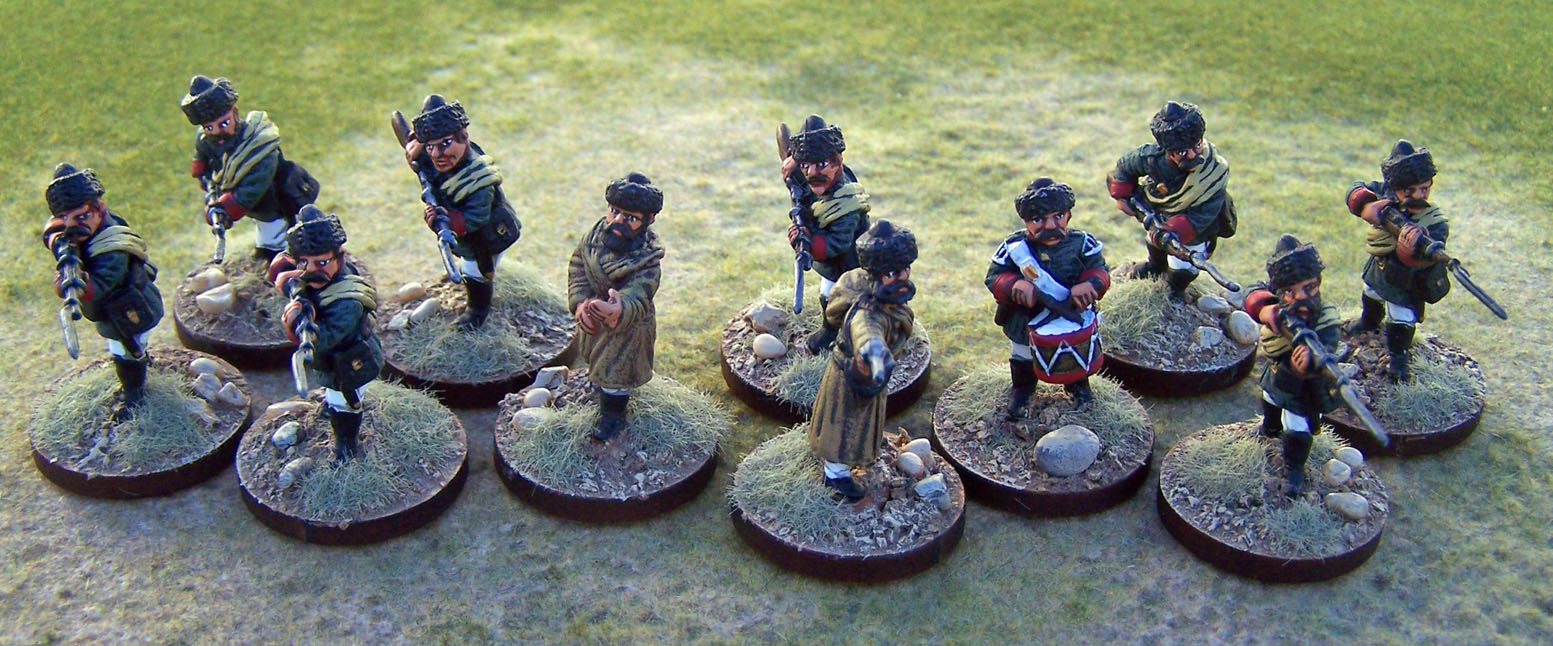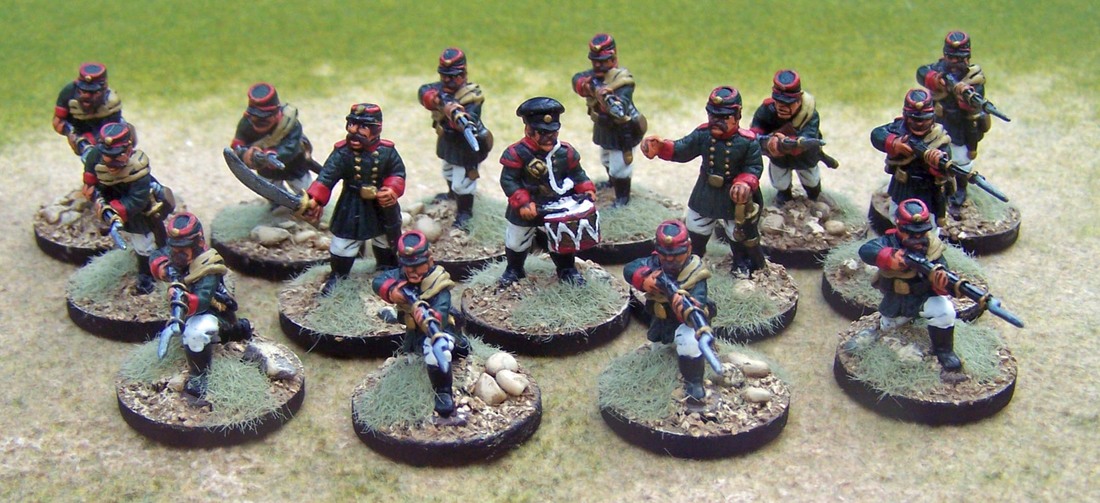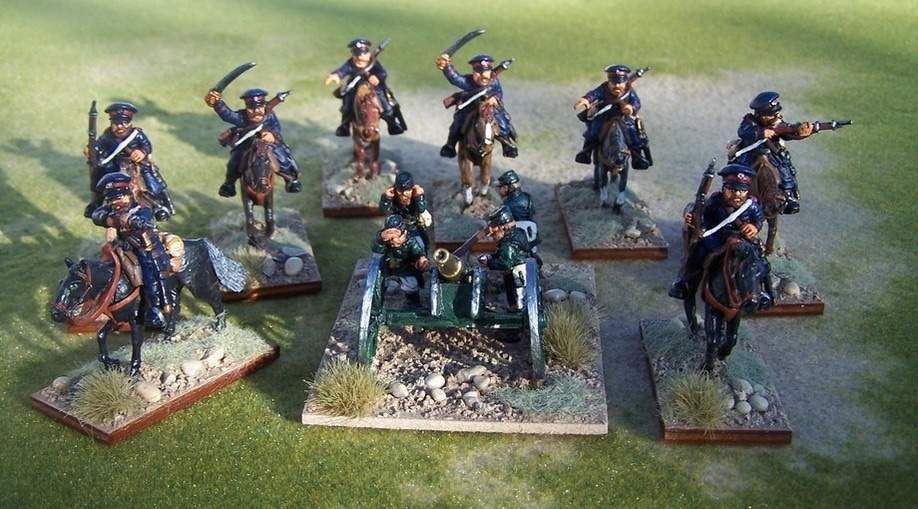- Home
- About
-
Travel
-
Features
- Dyrrachion1081
- Normans in the Balkans
- Manolada 1316
- Kosovo 1389
- Castles on the Danube
- Late Medieval Bosnian Army
- Doboj 1415
- Wallachian and Moldovan troops of the Napoleonic wars
- Anchialos 917
- Slovenian Borderlands
- The Zadruga and the Military Border
- Cretan War in the Adriatic
- Salonika 1916
- Uskoks of Senj
- Siege of Klis 1537
- Eugene in the Balkans
- Moldavian Surprise 1711
- Austro-Turkish War 1737-9
- Militargrenze
- Invading Ottoman Turkey
- Siege of Ragusa 1814
- Russo-Turkish War 1806-12
- Serbian Uprising 1815
- Ali Pasha
- Ottoman Army 1826
- Aleksinac 1876
- Shipka Pass
- Slivnitsa 1885
- Romanian Army 1878
- Austrian forts 19thC
- Kumanovo 1912
- Catalca Lines
- Adrianople 1912-13
- Kajmakcalan 1916
- The other 1918 campaign
- Macedonia air war WW1
- War of the Stray Dog
- Royal Yugoslavian armed forces
- Blunder in the Mountains
- Romanian SS
- Gebirgsjager in the Balkans
- Knights Move 1944
- Vis during WW2
- HLI in the Adriatic
- Adriatic Cruel Seas
- Dalmatian Bridgehead
- Cyprus 1974
- Transnistrian War
- Ottoman Navy Napoleonic wars
- Medieval Balkans
- Balkan lockdown quiz >
- Reviews
-
Armies
- Ancient Greeks
- Pyrrhic army of Epirus
- Dacian wars
- Goths
- Late Roman
- Comnenan Byzantine Army
- Normans
- Serbian medieval
- Albanian medieval
- Wallachian medieval
- Bosnian Medieval
- Catalan Company
- Polish 17C
- Austrian Imperialist
- Ottoman
- Austrian 18thC
- Russian Early 18thC
- Ottoman Napoleonic
- Greek Revolution
- 1848 Hungarian Revolution
- Russian Crimean war
- Romanian Army of 1877
- Ottoman 1877
- Russian 1877
- Balkan Wars 1912-13
- Macedonia WW1
- Greece WW2
- Italian Army WW2
- Gebirgsjager WW2
- Hungary WW2
- Turkey WW2
- Soviet Union WW2
- Bulgaria WW2
- Turkish Korean War Brigade
- Balkan Wars 1990s
- Links
- Books
Shipka Pass
Background
The Russo Turkish War of 1877-78 began on 24 April 1877. Fuelled by the Pan-Slavic movement Russia sought to ‘liberate’ the Balkans from Ottoman rule. The savage repression of uprisings in Bosnia and Bulgaria followed by Ottoman success in the 1876 Serbo-Turkish War, left the Turks with few international allies.
The Russian plan was to pass through ‘neutral’ Romania, cross the Danube upriver from the Turkish fortresses and then cross the Balkan mountains to Adrianople and on to the Turkish capital Constantinople. The Russian Army of the South consisted of four corps, supplemented in May by three more corps. No accurate records exist of Turkish forces and estimates vary from 186,000 to 250,000 men.
The Campaign
The campaign began well for the Russians. By July four Russian corps had crossed the Danube and were pressing Nikopolis and Rushchuk. However, this early initiative was brought to a sudden halt. The Russian advance on Rushchuk was effectively resisted on the River Lom by Mehmet Ali and Osman Pasha force-marched 11,000 troops to hold Plevna. This town close to the Russian lines of communication to the Balkan passes became the key to the campaign. For 143 days outnumbered Turkish forces repeatedly resisted Russian assaults on the town before surrendering on 10 December. Unfortunately for Osman Pasha, divisions among the other Turkish commanders hindered an effective and co-ordinated relief effort.
Shipka Pass
Back in July the Russian CinC had sent a flying column ahead of the main army to seize the vital passes through the Balkan Mountains. The Shipka Pass rises to an altitude of 5,000 feet consisting of a narrow road dominated by surrounding mountains. The column was led by General Gourko and consisted of the Bulgarian Legion (6 battalions), 4th Rifle Brigade (3 battalions), two regiments of Dragoons (8th & 9th) 9th Hussars and four Cossack units together with four light artillery batteries and other detachments.
The Russo Turkish War of 1877-78 began on 24 April 1877. Fuelled by the Pan-Slavic movement Russia sought to ‘liberate’ the Balkans from Ottoman rule. The savage repression of uprisings in Bosnia and Bulgaria followed by Ottoman success in the 1876 Serbo-Turkish War, left the Turks with few international allies.
The Russian plan was to pass through ‘neutral’ Romania, cross the Danube upriver from the Turkish fortresses and then cross the Balkan mountains to Adrianople and on to the Turkish capital Constantinople. The Russian Army of the South consisted of four corps, supplemented in May by three more corps. No accurate records exist of Turkish forces and estimates vary from 186,000 to 250,000 men.
The Campaign
The campaign began well for the Russians. By July four Russian corps had crossed the Danube and were pressing Nikopolis and Rushchuk. However, this early initiative was brought to a sudden halt. The Russian advance on Rushchuk was effectively resisted on the River Lom by Mehmet Ali and Osman Pasha force-marched 11,000 troops to hold Plevna. This town close to the Russian lines of communication to the Balkan passes became the key to the campaign. For 143 days outnumbered Turkish forces repeatedly resisted Russian assaults on the town before surrendering on 10 December. Unfortunately for Osman Pasha, divisions among the other Turkish commanders hindered an effective and co-ordinated relief effort.
Shipka Pass
Back in July the Russian CinC had sent a flying column ahead of the main army to seize the vital passes through the Balkan Mountains. The Shipka Pass rises to an altitude of 5,000 feet consisting of a narrow road dominated by surrounding mountains. The column was led by General Gourko and consisted of the Bulgarian Legion (6 battalions), 4th Rifle Brigade (3 battalions), two regiments of Dragoons (8th & 9th) 9th Hussars and four Cossack units together with four light artillery batteries and other detachments.
|
Gourko captured the pass after two days of fighting on 19 July. However, as the Russian army was facing effective Turkish resistance on the Lom and later at Plevna the main force did not arrive as planned.
South of the pass the local Turkish commander Sulieman Pasha massed some 30,000 troops. He could have ignored the pass and joined up with Mehmet Ali on the Russian left flank. However, he despised the German born commander and decided to retain his own command by attacking the Shipka Pass. On 21 August he launched a series of frontal assaults on the pass. The Russian defenders now included three battalions of the Orel Regiment, the Bulgarian Legion and 27 cannon, including captured Turkish Krupp guns. A desperate defence held on for two days before the 4th Rifle Brigade arrived with Cossack units. By 25 August five more infantry regiments arrived and Sulieman withdrew having lost around 10,000 men. Russian losses totalled 3,640. The attack was resumed on 17 September with no success and further heavy casualties. We will now look at the main actions in the Shipka pass in more detail. |
Capture of the Pass 17-19 July 1877
Gourko’s column had fought its way through the Hankio Pass (some 20 miles East of Shipka) by 15 July. His plan was to reach the southern end of the pass in time for a concerted attack with the 9thDivision (Prince Mirsky) approaching from the North on 17 July. However, he was held up by a force of 3000 Turks at Uflani and a further 3 battalions at Kazanlyk. As a consequence he was a day late in arriving in position for the main attack.
Meanwhile the 9th Division attack went ahead on the 17th in four columns from the north, mostly consisting of troops from the 36th Regiment with a Cossack detachment (2,400 men and 6 guns). The Turkish garrison consisted of 4-5000 infantry, 12 guns and some Bashi-Bazouks. The left and right columns occupied mountain positions either side of the pass but the two central columns were repulsed in front of the main trenches. The columns fell back with 211 casualties.
Gourko attacked from the south on the 18th with two battalions of the Rifle Brigade against the St Nicholas hill position. Whilst they captured some outlying trenches the main position was too strong without a supporting attack from the north.
Having failed with two isolated attacks both detachments planned a renewed attack on the 19th. In the morning the Turks offered to capitulate by midday but in fact abandoned the position and escaped in small groups to the west leaving behind their guns and ammunition.
Gourko’s column had achieved the capture of three Balkan passes defended by around 10,000 troops in a period of only 16 days since crossing the Danube.
|
Defending the Shipka Pass 21-26 August 1877
As we have seen the defence of Plevna forced the Tsar to call up reinforcements including the Romanian army. Whilst this force assembled the Russians were on the defensive along the Balkan mountain passes. Sulieman Pasha demonstrated against the Hainko and Elena passes to draw General Radetzky’s reserves before mounting a frontal attack on the Shipka Pass. General Darozhinsky held Shipka with 5000 men from the 36th Regiment, 5 battalions of the Bulgarian Legion, 5 sotnias of Cossacks and 29 guns. He placed one battalion on St Nicholas. 4.5 battalions on the Central Hill and 3.5 battalions in reserve between the Central Hill and St Nicholas. On the 21st the Turks climbed the Berdek Mountain on the Russian left and built batteries there and then closer to St Nicholas at Sugar Loaf Hill. After an initial bombardment desperate infantry assaults were made on St Nicholas from these positions for some eight hours until nightfall. The Turks dug in only 100 yards from the Russian position. The first Russian reinforcements arrived from the 35th Regiment. Early on the 22nd the Turkish bombardment started again from Berdek and from the Russian right flank. The Turks had dragged guns up the Bald Mountain and Woody Mountain. The bombardment went on all day with Russian ammunition running low. Turkish troops were moving around the Russian positions cutting them off. On the 23rd the Turkish infantry attacks came from all directions. The Central Hill (now defended by the 35th regiment) and St Nicholas bearing the brunt of attacks by some 20,000 Turks. The critical point happened at about 3pm when a Turkish column moved around the Central Hill and the 35th Regiment began to retreat. However, they rallied just as reinforcements from the 4th Rifle Brigade arrived on Cossack ponies. Other reinforcements arrived on the 24th relieving the St Nicholas garrison and the 56th Regiment attacked Bald Mountain. Sulieman made one last assault on St Nicholas when some 500 Turks actually reached the trenches only to be ejected by a bayonet charge. On the 25th and 26th August regiments from Dragomiroff’s newly arrived division attacked Woody Mountain but were forced back to the Central Hill. The battle concluded with desultory sniping and both forces in broadly the same position they started from. The Russians had conducted a heroic defence outnumbered five to one. They lost 3600 men with Turkish casualties estimated in excess of 10,000. Despite the skilful outflanking of the Russian position, Sulieman persisted in attacking the strongest part of the Russian position on St Nicholas, instead of a broader flank attack that might have carried the whole position. |
The Final Phase 13-17 September 1877
After the actions in August the Russians fortified their positions although limited resources were available due to the ongoing siege of Plevna. The Turks on the hills kept up harassing fire causing small losses each day.
On 13 September the Turks began a heavier artillery bombardment including four large mortars targeted on St Nicholas. On the 17th a major infantry assault was made on St Nicholas now held by the 53rd Regiment. The Turks captured the lower trenches but could not gain the summit. The Russian commander Radetzky brought forward the 56th Regiment and parts of the 35th and 55th. By noon a Russian counterattack had driven the Turks out of trenches with Russian losses of around 1000 men. A similar attack on the Northern hills was easily repulsed and two further assaults made no progress.
Sulieman continued to bombard the Russian positions for a further ten days before he left to command the Army of the Quadrilateral. Neither of his successors organised serious attacks on the Shipka Pass. Winter snow halted most operations until Gourko, with 65000 troops, forced the Araba Konak Pass and occupied Sofia. His column then advanced south of the Balkan Mountains cutting off the Turkish army at the Shipka Pass. Following a brief offensive by Radetzky on 5 January some 30,000 Turkish troops surrendered and the battles for the Shipka Pass came to an end.
After the actions in August the Russians fortified their positions although limited resources were available due to the ongoing siege of Plevna. The Turks on the hills kept up harassing fire causing small losses each day.
On 13 September the Turks began a heavier artillery bombardment including four large mortars targeted on St Nicholas. On the 17th a major infantry assault was made on St Nicholas now held by the 53rd Regiment. The Turks captured the lower trenches but could not gain the summit. The Russian commander Radetzky brought forward the 56th Regiment and parts of the 35th and 55th. By noon a Russian counterattack had driven the Turks out of trenches with Russian losses of around 1000 men. A similar attack on the Northern hills was easily repulsed and two further assaults made no progress.
Sulieman continued to bombard the Russian positions for a further ten days before he left to command the Army of the Quadrilateral. Neither of his successors organised serious attacks on the Shipka Pass. Winter snow halted most operations until Gourko, with 65000 troops, forced the Araba Konak Pass and occupied Sofia. His column then advanced south of the Balkan Mountains cutting off the Turkish army at the Shipka Pass. Following a brief offensive by Radetzky on 5 January some 30,000 Turkish troops surrendered and the battles for the Shipka Pass came to an end.
|
The Battlefield Today
The battlefield is little changed since 1877 and the main features can easily be identified. There is an impressive monument and small museum on St Nicholas that is well worth a visit. Other sites of the war including Plevna (Pleven) with its superb panorama are within reasonable travelling distance. See Bulgarian Military History Tour for more details. Wargaming the Shipka Pass The terrain is not difficult to reproduce on the tabletop. St Nicholas is a small steep hill and the Central Hill is not much larger. Both should be dominated by the higher ground on Bald Mountain to the west and Berdek to the east. My original preference was for the Principles of War (PoW) rules. The hills would be ‘broken ground’ although only St Nicholas would be ‘1-3’. The rest should be diced for in the usual way. For the first and second phases the entrenchments would only be ‘scrapes’ or cover 1 entrenchments in addition to the natural cover. The Russian’s did not properly fortify the position until after the August battles. PoW army lists 48 to 50 give all the troop classifications required. Only the 4th Rifle Brigade would have the Berdan rifle so most Russian troops are classified as breech loading carbine (BLC) to represent the inferior Krnk rifle. The Turks were better equipped with Martini-Peabody rifles and Krupp steel artillery. More recently I have used Black Powder, Sharp Practice and The Men Who Would be Kings rules. Further Reading A good introduction is the Osprey MAA 277 The Russo-Turkish War 1877. As usual stronger on the artwork and illustrations than the text. For a detailed account of the campaign F.V.Greene The Russian Army and its Campaigns in Turkey in 1877-78 and H.M.Hozier The Russo-Turkish War. To understand the tactics used see Von Trotha Tactical Studies on the Battles around Plevna. The very best modern text is 'War in the East' by Quinton Barry, published by Helion. |
